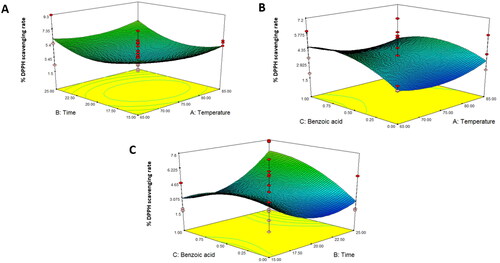Figures & data
Table 1. Factors and levels applied in Box-Behnken design to produce pasteurized asparagus stalk juice.
Figure 1. Response surface plot of total viable count as a function of temperature and time for asparagus stalk juice.
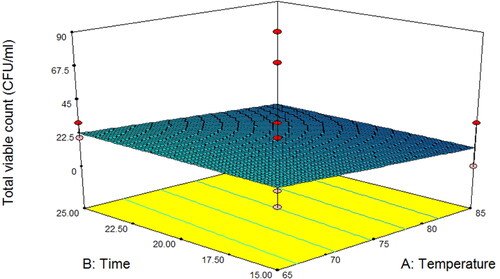
Table 3. F values and their statistical significance for different response variables of asparagus stalk juice.
Figure 2. Response surface plot of L* as a function of (A) temperature and time, (B) temperature and benzoic acid, and (C) time and benzoic acid for asparagus stalk juice.
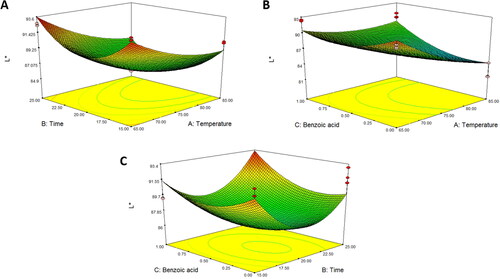
Figure 3. Response surface plot of a* as a function of (A) temperature and time, (B) temperature and benzoic acid, and (C) time and benzoic acid for asparagus stalk juice.
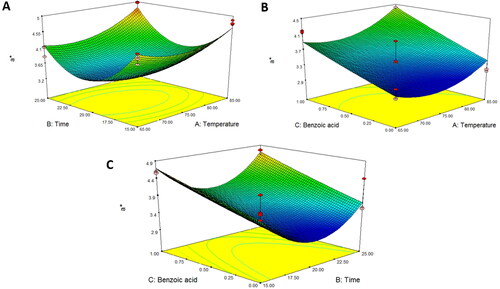
Figure 4. Response surface plot of b* as a function of (A) temperature and time, (B) temperature and benzoic acid, and (C) time and benzoic acid for asparagus stalk juice.
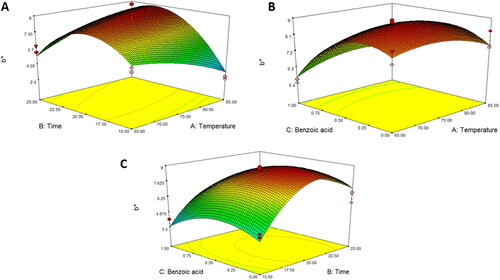
Figure 5. Response surface plot of pH as a function of (A) temperature and time, (B) temperature and benzoic acid, and (C) time and benzoic acid for asparagus stalk juice.
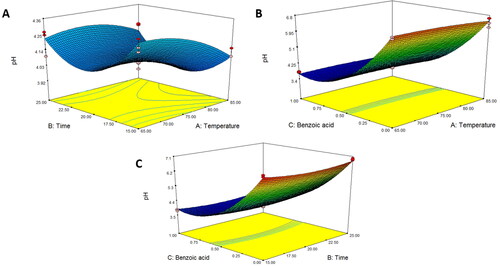
Table 2. Experimental results of quality parameters of asparagus stalk juice.
Figure 6. Response surface plot of total phenolic content as a function of temperature and time for asparagus stalk juice.

Data availability statement
The data that supports the findings of the study are available within the manuscript.

